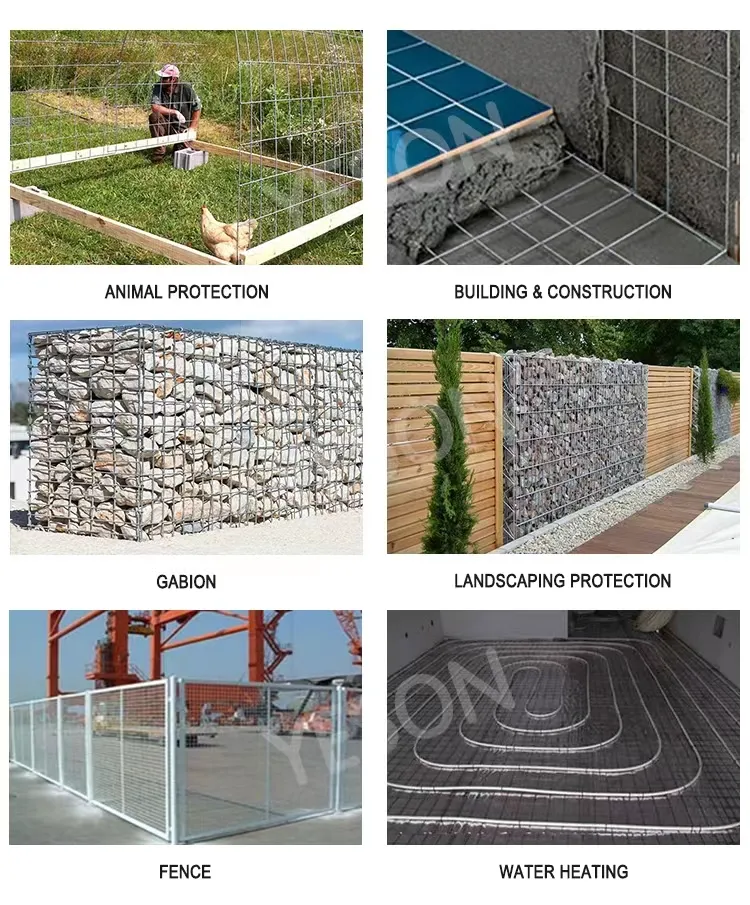-
 Afrikaans
Afrikaans -
 Albanian
Albanian -
 Amharic
Amharic -
 Arabic
Arabic -
 Armenian
Armenian -
 Azerbaijani
Azerbaijani -
 Basque
Basque -
 Belarusian
Belarusian -
 Bengali
Bengali -
 Bosnian
Bosnian -
 Bulgarian
Bulgarian -
 Catalan
Catalan -
 Cebuano
Cebuano -
 China
China -
 Corsican
Corsican -
 Croatian
Croatian -
 Czech
Czech -
 Danish
Danish -
 Dutch
Dutch -
 English
English -
 Esperanto
Esperanto -
 Estonian
Estonian -
 Finnish
Finnish -
 French
French -
 Frisian
Frisian -
 Galician
Galician -
 Georgian
Georgian -
 German
German -
 Greek
Greek -
 Gujarati
Gujarati -
 Haitian Creole
Haitian Creole -
 hausa
hausa -
 hawaiian
hawaiian -
 Hebrew
Hebrew -
 Hindi
Hindi -
 Miao
Miao -
 Hungarian
Hungarian -
 Icelandic
Icelandic -
 igbo
igbo -
 Indonesian
Indonesian -
 irish
irish -
 Italian
Italian -
 Japanese
Japanese -
 Javanese
Javanese -
 Kannada
Kannada -
 kazakh
kazakh -
 Khmer
Khmer -
 Rwandese
Rwandese -
 Korean
Korean -
 Kurdish
Kurdish -
 Kyrgyz
Kyrgyz -
 Lao
Lao -
 Latin
Latin -
 Latvian
Latvian -
 Lithuanian
Lithuanian -
 Luxembourgish
Luxembourgish -
 Macedonian
Macedonian -
 Malgashi
Malgashi -
 Malay
Malay -
 Malayalam
Malayalam -
 Maltese
Maltese -
 Maori
Maori -
 Marathi
Marathi -
 Mongolian
Mongolian -
 Myanmar
Myanmar -
 Nepali
Nepali -
 Norwegian
Norwegian -
 Norwegian
Norwegian -
 Occitan
Occitan -
 Pashto
Pashto -
 Persian
Persian -
 Polish
Polish -
 Portuguese
Portuguese -
 Punjabi
Punjabi -
 Romanian
Romanian -
 Russian
Russian -
 Samoan
Samoan -
 Scottish Gaelic
Scottish Gaelic -
 Serbian
Serbian -
 Sesotho
Sesotho -
 Shona
Shona -
 Sindhi
Sindhi -
 Sinhala
Sinhala -
 Slovak
Slovak -
 Slovenian
Slovenian -
 Somali
Somali -
 Spanish
Spanish -
 Sundanese
Sundanese -
 Swahili
Swahili -
 Swedish
Swedish -
 Tagalog
Tagalog -
 Tajik
Tajik -
 Tamil
Tamil -
 Tatar
Tatar -
 Telugu
Telugu -
 Thai
Thai -
 Turkish
Turkish -
 Turkmen
Turkmen -
 Ukrainian
Ukrainian -
 Urdu
Urdu -
 Uighur
Uighur -
 Uzbek
Uzbek -
 Vietnamese
Vietnamese -
 Welsh
Welsh -
 Bantu
Bantu -
 Yiddish
Yiddish -
 Yoruba
Yoruba -
 Zulu
Zulu
Guidelines for Selecting and Utilizing Gabion Wire Material Specifications in Construction Projects
Gabion Wire Specification An Overview
Gabions, often referred to as wire mesh containers filled with rock, soil, or other materials, have become increasingly popular in various applications, including erosion control, landscaping, and civil engineering. A critical aspect of gabion construction is the specification of the wire used to create these structural containers. This article will explore the key components of gabion wire specifications, ensuring the durability and effectiveness of gabion systems.
Material Composition
The most commonly used material for gabion wire is galvanized steel due to its excellent anti-corrosive properties. The galvanization process involves coating the steel wire with a layer of zinc, which protects it from rust and degradation when exposed to moisture and environmental elements. In regions with extreme weather conditions, or where the soil is highly acidic, wire with additional coatings, such as PVC (polyvinyl chloride), is also utilized to enhance the lifespan of the gabion structure.
Wire Diameter
The diameter of the wire is a crucial factor that influences the strength and stability of the gabion units. Typical wire diameters range from 2.0 mm to 4.0 mm, with thicker wires offering greater strength and durability. However, the choice of wire diameter should also consider the intended use of the gabion. For structures subjected to significant loads or severe environmental conditions, opting for a thicker wire may be prudent.
Tensile Strength
Tensile strength measures the maximum amount of tensile (pulling) stress a material can withstand before failure. Gabion wire should have a tensile strength of at least 450 MPa. The choice of wire with adequate tensile strength is vital, especially for applications like retaining walls or along riverbanks where resistance to shear forces is essential.
gabion wire specification

Welded vs
. Woven Wire MeshGabion structures can be constructed using either welded or woven wire mesh. Welded wire mesh is made by electrically welding intersecting wires, creating a rigid framework. This type offers enhanced strength and less deformation, making it suitable for permanent structures. Conversely, woven wire mesh, which consists of interlaced wires, provides flexibility and is often favored for temporary or flexible applications. The choice between the two types depends on the specific requirements of the engineering project.
Corrosion Resistance
As mentioned earlier, corrosion resistance is paramount in gabion wire specifications. Besides galvanization, the wire should undergo tests to evaluate its resistance to corrosion over time. The zinc coating weight is typically specified in grams per square meter (g/m²), with higher values indicating better corrosion resistance. A minimum of 275 g/m² is often recommended for effective long-term performance in harsh environments.
Compliance Standards
When selecting gabion wire, it is essential to ensure compliance with relevant standards and certifications. Organizations such as the American Society for Testing and Materials (ASTM) and the International Organization for Standardization (ISO) provide guidelines on wire specifications for gabion applications. Adhering to these standards guarantees that the wire used is reliable, tested, and suitable for its intended use.
Conclusion
In summary, the specification of gabion wire is a critical factor determining the success and longevity of gabion structures. By considering aspects such as material composition, wire diameter, tensile strength, type of mesh, and corrosion resistance, engineers and designers can select the most appropriate wire for their specific applications. A thorough understanding of gabion wire specifications not only enhances the structural integrity of the installations but also ensures that they perform effectively under various environmental conditions. Proper selection and adherence to standards can lead to sustainable and resilient solutions in landscaping and civil engineering projects.
-
Shipping Plastic Bags for Every NeedNewsJul.24,2025
-
Safety Netting: Your Shield in ConstructionNewsJul.24,2025
-
Plastic Mesh Netting for Everyday UseNewsJul.24,2025
-
Nylon Netting for Every UseNewsJul.24,2025
-
Mesh Breeder Box for Fish TanksNewsJul.24,2025
-
Expanded Steel Mesh Offers Durable VersatilityNewsJul.24,2025











